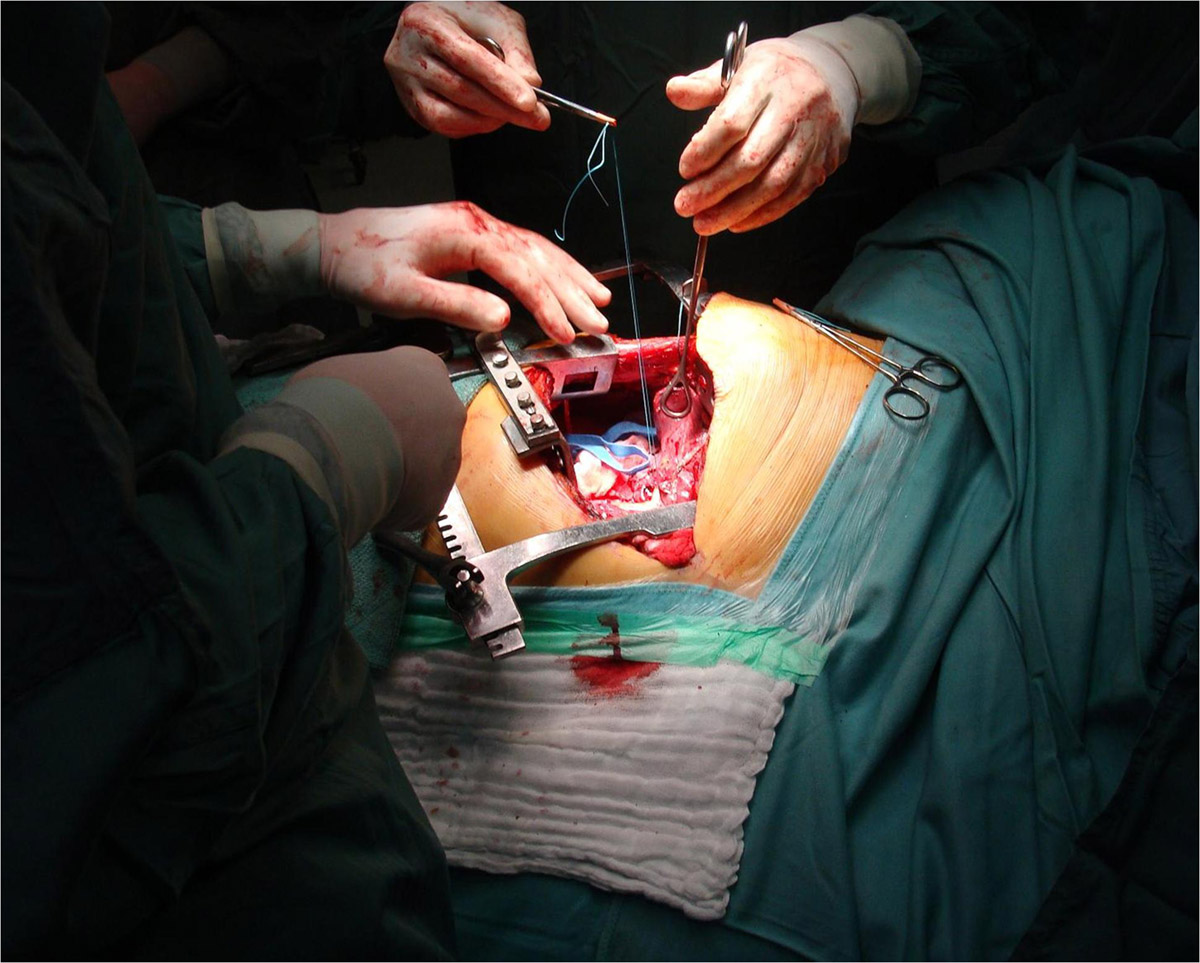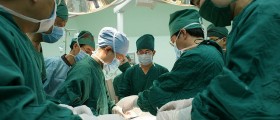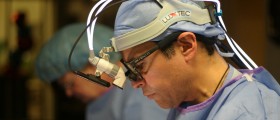
Pulmonary hypertension is a severe medical condition which features with extremely elevated pressure in pulmonary artery and vein. This consequently leads to troubles with breathing such as shortness of breath, lightheadedness and fainting.
Certain cases of pulmonary hypertension can be treated with surgery. Namely, surgical procedures can be effective in elimination of the underlying causes of pulmonary hypertension. Surgical Removal of Blood Clots
In some cases of secondary pulmonary hypertension surgical approach can be rather beneficial. If elevated pressure in pulmonary artery or vein is caused by clod clots, a surgeon can open the patient and remove all the blood clots. This way pulmonary hypertension will be brought under control. This procedure is known as thromboendarterectomy and it carries a lot of risks. It can be performed only in patients whose symptoms cannot be alleviated with medicamentous therapy. Prior the procedure the surgeon always performs catheterization of the right heart to see whether the patient is suitable for the procedure. The very procedure includes the operation on the open heart. This means that during the surgery the patient will be assisted by heart-and-lung by pass pump. Recovery time is rather long and it takes more than a few days in intensive care unit.
In case that pulmonary hypertension is caused by liver cirrhosis a patient can benefit from liver transplantation.
Heart and Lung Transplants
In terminal stage of pulmonary hypertension, the lung tissue is excessively destroyed and respiratory function is severely damaged. The life of a patient is in danger since all the medications and additional oxygen cannot supply the blood and vital organs with appropriate amount of oxygen and other important substances. In this case the only option is transplantation of lungs.
In some medical centers both lungs are transplanted as this is believed to reduce the incidence of post-transplant complications. There is even option of simultaneous transplantation of heart and lungs. However, this surgical procedure is extremely risky and is not performed in many cases. All in all, in patient who are older than 65 only one lung is transplanted and in those who are younger than 60 both lungs are transplanted.
Before the very transplantation the surgeon will choose the appropriate candidate. A candidate for transplantation is carefully selected and he/ she is expected to satisfy appropriate survival rate after the procedure. The survival rate has increased over the years. Still, there are possible complications of this surgical procedure which include rejection of the transplanted organ and complications caused by medications that are administered to prevent rejection of the transplant. These medications need to be taken for life-time.

















Your thoughts on this
Loading...